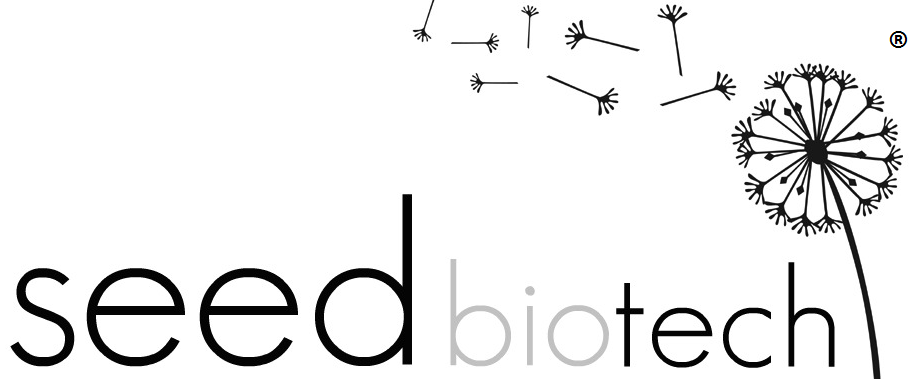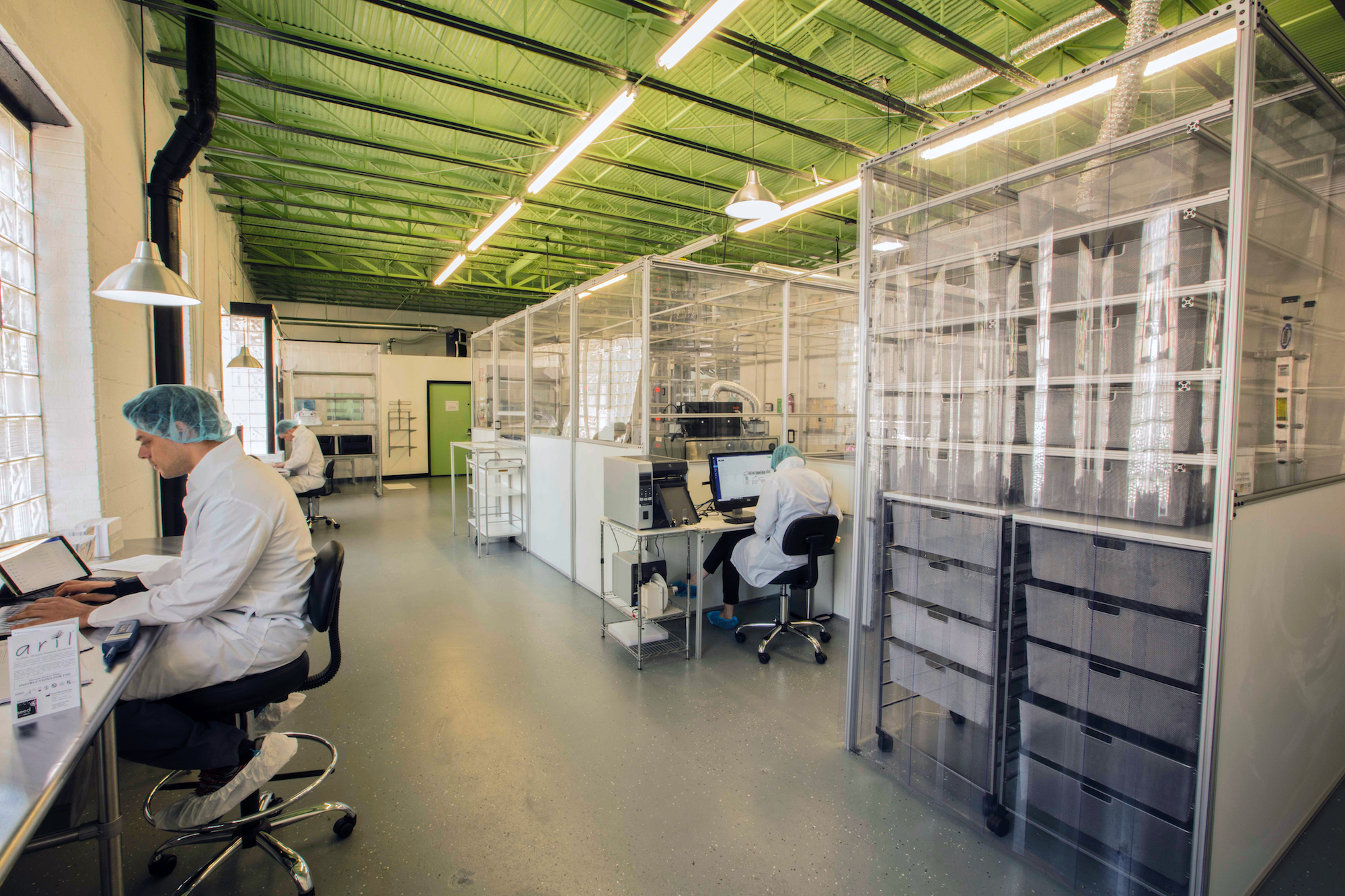What makes us different?
Designed for Clinical Convenience, Developed for Safety
In alignment with our mission to prioritize clinical convenience, practicality, and effectiveness, every aspect of Seed Biotech, Inc.®’s product lines has been thoughtfully designed with the end user in mind. From the packaging to the physical configuration of each product, every detail is intended to enhance usability and maximize clinical benefit.
Most importantly, safety is the foundation of our product development. Each product is engineered to meet rigorous design requirements for safety and is thoroughly verified to ensure compliance.Consistent with our mission to prioritize clinical convenience, practicality, and effectiveness, there were numerous considerations incorporated into the design of our product lines. From the packaging it is stored in, to the shape it is configured in, it all relates to optimizing its suitability for use and potential for clinical benefit. But, FIRST AND FOREMOST, our products were developed with design requirements for safety, and products provided are verified to satisfy these requirements.
What Sets Seed Biotech Apart: Our Process
At the heart of Seed Biotech’s innovation is our proprietary process. We apply precise, science-driven methods to deliver measurable results—yielding biologic products of exceptional quality and consistency. Our decellularization process achieves greater than 95% DNA reduction, validated on a lot-to-lot basis.
Guided by clinical and industry-experienced experts, our work is conducted in a Quality by Design facility equipped with advanced operational systems that support consistency, safety, and performance.
Our core competency lies in a novel decellularization and stabilization process that enables the optimal preparation of highly variable biological materials. This dynamic purification approach removes cells and cellular content without compromising the structural or functional integrity of the extracellular matrix (ECM)—including both its soluble and insoluble bioactive components.
It is this cutting-edge technology that positions Seed Biotech, Inc.® as a leader in biologics innovation and a trusted manufacturer of high-quality products that support superior clinical outcomes.
Reducing Risks and Optimizing Patient Benefit Potential
Seed Biotech, Inc. ® specializes in the preparation of biological tissues for transplantation, utilizing proprietary processing methods designed to reduce risk and enhance the therapeutic potential of these tissues for patients.
While all tissue products are subject to rigorous screening and testing, Seed Biotech, Inc. ® acknowledges that transplantable biological tissue carries an inherent risk of disease transmission and immune response. To further mitigate this risk, our approach to tissue preparation aligns with clinical best practices by removing devitalized tissue, which is known to trigger heightened inflammatory responses.1
In the field of tissue engineering, the presence of residual donor DNA in biological tissue transplants has been associated with increased recipient inflammation and fibrotic tissue formation.2 To address both the need for safety and the goal of maximizing clinical benefit,Seed Biotech, Inc. ® prepares its tissues to be acellular.
We recognize the critical importance of effective decellularization for both the safety and performance of biological tissues in clinical applications. Our proprietary processing method achieves a reduction of greater than 95% in donor DNA content, validated on a lot-to-lot basis.
Measurement of Clinical Benefit Potential
At Seed Biotech, Inc. ®, our decellularization process is designed to preserve the clinically relevant characteristics that directly influence the quality and effectiveness of the final tissue products. From the outset, we prioritized understanding the mechanisms of action behind tissue-based therapies, integrating this knowledge throughout both process and product development.
Our manufacturing method for donated human placental tissue has been validated through extensive studies. These studies confirm that the process preserves the surface chemistry, architecture, composition, geometry, and structural organization of the extracellular matrix (ECM). Importantly, it also maintains the ECM’s soluble constituents and post-process functionality—critical elements that support clinical efficacy.
These ECM properties are well-documented as essential to cellular activity and tissue repair cascades.2-8 The ECM of connective tissues serves as a reservoir for bioactive peptides—including tissue inhibitors of metalloproteinases (TIMPs), growth factors, cytokines, and glycosaminoglycans. The basement membrane, in particular, provides a supportive substrate for cell adhesion, transplanar migration, and proliferation.
Preserving the inherent properties of biological tissues is key to unlocking their full therapeutic potential.3,8 Seed Biotech’s innovations are driven by a commitment to improving clinical outcomes—specifically, by reducing secondary complications often associated with surgical interventions, such as infection, fibrosis-related loss of range of motion, and vascular injury. Our goal is not only to improve the quality of tissue regeneration but also to collaborate with clinicians to bring forward-thinking technologies to the market that address some of the most difficult clinical challenges still faced today.
References:
(1) Koob TJ, Rennert R, Zabek N, Massee M, Lim JJ, Temenoff JS, Li WW, Gurtner G. Biological properties of dehydrated human amnion/chorion composite graft: implications for chronic wound healing. Int Wound J. 2013 Oct;10(5):493-500.
(2)Mutsaers SE, Bishop JE, McGrouther G, Laurent GJ. Mechanisms of tissue repair: from wound healing to fibrosis. Int J Biochem Cell Biol. 1997 Jan;29(1):5-17.
(3)Badylak SF. The extracellular matrix as a scaffold for tissue reconstruction. Semin Cell Dev Biol. 2002 Oct;13(5):377-83.
(4)Chun BY, Kim HK, Shin JP. Dried human amniotic membrane does not alleviate inflammation and fibrosis in experimental strabismus surgery. J Ophthalmol. 2013;2013:369126.
(5)Soo-Hyun Kim, Jeremy Turnbull, and Scott Guimond Extracellular matrix and cell signalling: the dynamic cooperation of integrin, proteoglycan and growth factor receptor J Endocrinol 209 139-151, doi: 10.1530/JOE-10-0377 First published online 9 February 2011.
(6) Bhatia, Mohit, et al. "The mechanism of cell interaction and response on decellularized human amniotic membrane: implications in wound healing."Wounds 19.8 (2007): 207-217.
(7)Zhang T, Yam GH, Riau AK, Poh R, Allen JC, Peh GS, Beuerman RW, Tan DT, Mehta JS. The effect of amniotic membrane de-epithelialization method on its biological properties and ability to promote limbal epithelial cell culture. Invest Ophthalmol Vis Sci. 2013 Apr 30;54(4):3072-81.
(8) Guo Q, Lu X, Xue Y, Zheng H, Zhao X, Zhao H. A new candidate substrate for cell-matrix adhesion study: the acellular human amniotic matrix. J Biomed Biotechnol. 2012;2012:306083. (13)Stephen Tottey, Scott A. Johnson, Peter M. Crapo, Janet E. Reing, Li Zhang, Hongbin Jiang, Christopher J. Medberry, Brandon Reines, Stephen F. Badylak The effect of source animal age upon extracellular matrix scaffold properties Biomaterials, Volume 32, Issue 1, January 2011, Pages 128-136.



